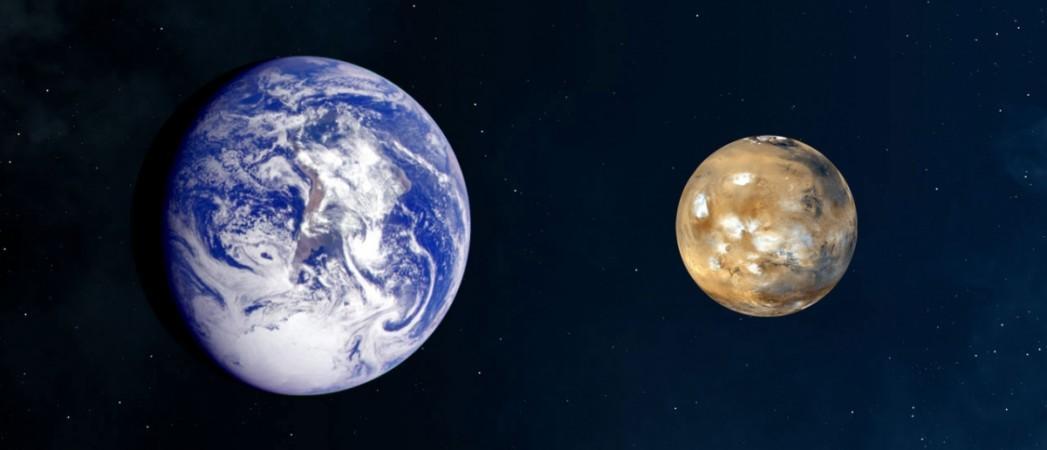Humans going to space is not just a far fetched pipe dream any more. By all estimates, it is highly likely that within 10 to 12 years from now, humans will walk on Mars. Life on a planet like Mars is not going to comfortable, there have been discussions about the philosophical ethical issues that settling on the Red Planet brings.
Space is hostile, scary, and it is completely alien for human life. Considering the fact that till about 1968, just 50 years back, humans had never been to space, it shouldn't come as much of a surprise. Here are the top five dangers of spaceflight according to NASA.
Space Radiation
Space is filled with different types of radiation that humans are just not equipped to handle or face. NASA says that radiation is the most menacing of all the hazards that people will face. Once people leave the protection offered by Earth, radiation can cause all kinds of changes in the human body like increase cancer risks, damage the central nervous system, prompt behavioural changes, alter cognitive function, and reduce motor function, reports NASA.
NASA points out that even the ISS, which is well within the Earth's magnetic field, faces about ten times more radiation than people on the surface. Outside the magnetic field lies the Van Allen belt, which is a zone of intense radiation and this is between the Moon and the Earth, getting to deep space is a whole other problem.
Loneliness and confinement
NASA says that there will be unavoidable behavioural changes among people or groups of people who are forced to live and stay in small spaces over long periods of time. This is inevitable, even with the best trained people. On a trip to Mars, for example, only the best trained and capable people will be a part of this crew and astronauts will be more isolated and confined than anyone else. People who are lonely will understand this feeling, but in space, even if one wants to, they might not be able to call back home and speak with their loved ones.

Distance
This is a factor that amplifies the above point. On average, Mars is about 225 million km from Earth, so getting there and back will be a three year odyssey, not a three-day round trip to the Moon like the Apollo astronauts, says NASA. Distance exacerbates even small issues. How does one prepare for a three-year journey with absolutely no way to resupply with fresh food and water. Once the engines are fired toward Mars, there is no turning back, says NASA.
Gravity
Gravity is something that most humans take for granted. Mars is smaller than Earth, so its gravity is less-powerful, about 38 percent of what is felt on Earth, so two years on Mars will have them feeling really light, also, the six months it takes to get there will have the entire crew in complete weightlessness. In such conditions, NASA points out that bones, muscles, and the cardiovascular system will have all been affected after have been put through years without Earth gravity.
Hostile and closed environment
Spacecrafts, says NASA, is not only a place where astronauts live, it is also a finely-tuned machine. The ecosystem inside the craft plays a major role in the life of the interstellar travellers, says the report. Technology provides a viable living space within harsh the harsh environment of space, but it still is a closed environment on its own, microbes have been found to travel easily from one person to the next rather easily in a closed system. Extensive recycling of resources is also a must. There is only a limited amount of things and everything needs to find use like oxygen, water, carbon dioxide, and even solid waste.


















